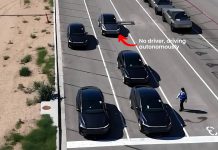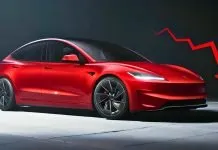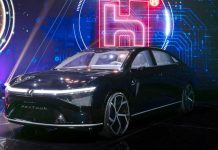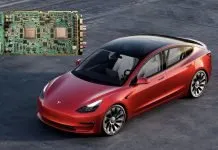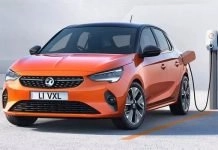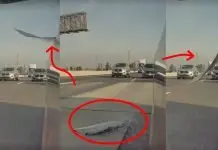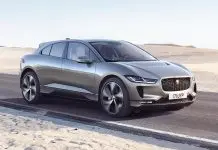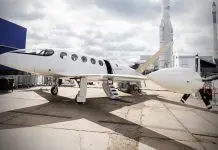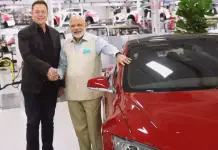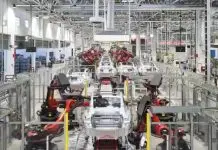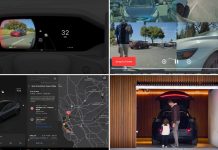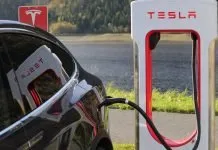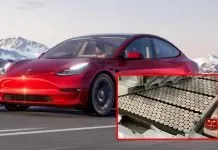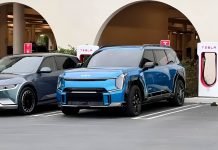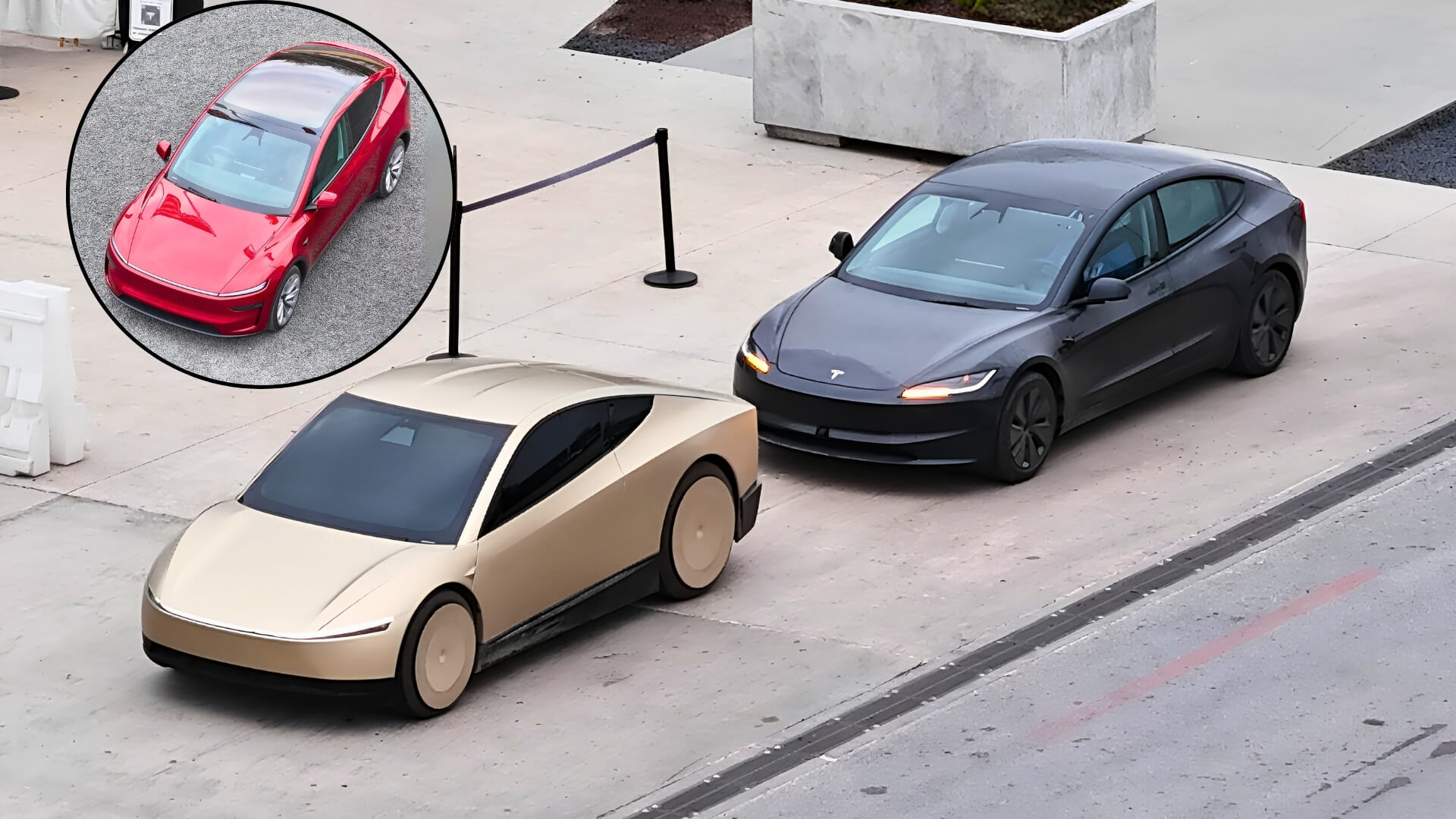Tesla’s design chief, Franz von Holzhausen, recently made headlines regarding the company’s upcoming robotaxi initiatives. He revealed that the Cybercab will launch the Tesla Robotaxi service in Austin, Texas, beginning in June 2025. The announcement signals a transformational period for Tesla as it seeks to redefine urban transportation through entirely autonomous electric vehicles.
Tesla Cybercab Launch Date
Tesla CEO, Elon Musk is reportedly advancing to the next level with the development of Cybercab that does not have steering wheels and pedals. During an episode of Jay Leno’s Garage show, Tesla’s chief designer, Franz von Holzhausen revealed that Cybercab will be the first to begin pilot robotaxi projects in Austin, Texas, starting in June 2025. This is a major advancement in Tesla’s goal of bringing a self-driving taxi service.
The Cybercab uses the next-generation vehicle architecture with Tesla’s innovative “unboxed” production method, which aims to reduce manufacturing costs by up to 50% through parallel processing of vehicle components. Nevertheless, Tesla has stated that the vehicle will enter volume production next year, although such a timeline has been quite dismissed due to the company’s history of delays and optimistic forecasts, as seen with the Cybertruck.
Musk envisions Cybercab as a big part of its future and it would be interesting to notice that Musk expects that Cybercab could sell at least 2M units which would be more than the record 1.8 million vehicles Tesla delivered to customers in 2023. Nevertheless, there are a few unresolved issues that need to be addressed at present: the requirement for legal recognition of completely driverless cars and the continuous enhancement of Tesla’s FSD system.
Challenges of the Cybercab
The Cybercab encounters numerous potential problems alongside its groundbreaking technology and extensive objectives because the Cybercab needs to pass through numerous regulatory obstacles. After all, it lacks standard driving controls like a steering wheel, until it reaches production levels.
The safety of autonomous vehicles remains a continuing concern to the public because of accidents that have occurred with Tesla’s FSD systems. Recently a Cybertruck running the latest FSD version v13.2.4 missed lane merge and crashed. This is very concerning as Human lives are on the line here. But to the credit of Tesla, the driver, got out unscathed despite the Cybertruck’s front being destroyed and torn apart.
The close relationship between Elon Musk and President Trump may lead to significant changes for Tesla, including federal regulatory oversight and investigative activities. The business relationship between the president of the United States and Elon Musk could potentially lead to the elimination of ongoing federal investigations into Tesla’s safety matters involving automated driving technologies and self-driving programs.
The safety community warns that such intervention could reduce public safety because federal oversight has successfully prevented injuries from Tesla technology incidents.
The autonomous driving technology of Tesla encounters various technical demands. Critics have targeted the company because it experienced numerous accidents during FSD promotions although FSD operates under Level 2 automation status. Experts believe the technology lacks the readiness to achieve full autonomy and Jay Leno among supporters admits doubt regarding automobiles without steering controls.
Lars Moravy who leads engineering at Tesla stated that autonomous vehicles behave like airplanes that transport passengers without manual driving capabilities. Safety practices are crucial for Tesla as they intend to introduce autonomous ride-hailing in Austin, Texas, starting June 2025.
The general population continues to show doubts about embracing complete self-driving vehicles. People might avoid Robotaxi services from Tesla because they are concerned about safety and reliability factors.
Conclusion
The introduction of Cybercab started Tesla on its journey towards implementing robotaxis as a pilot project for autonomous transportation. The promising aspects of sustainability and operational efficiency must overcome different obstacles before robotaxis can gain broad market momentum.
A mix of regulatory milestones, safety standards, technological restrictions, market competition, and public willingness to adopt will shape the outcome and success of this pioneering project. The stakeholders follow Tesla’s Austin deployment preparations with intense scrutiny because this innovative operation marks a new chapter in transportation.



